Search
11335 Soil Moisture Control Using Intelligent Single-Well Electro-Osmotic Dewatering Systems
Also Purchased
02426 THE INFLUENCE OF SOIL CHEMISTRY ON SCC OF PIPELINES AND THE APPLICABILITY OF THE 100 mV POLARIZATION CRITERION
Product Number:
51300-02426-SG
ISBN:
02426 2002 CP
Publication Date:
2002
$20.00
03279 Control of Water Migration Through Concrete Using Electro-osmosis
Product Number:
51300-03279-SG
ISBN:
03279 2003 CP
$20.00
03549 CORROSION BEHAVIOR OF CARBON STEEL INFLUENCED BY SULFATE-REDUCING BACTERIA IN SOIL ENVIRONMENTS
Product Number:
51300-03549-SG
ISBN:
03549 2003 CP
$20.00




